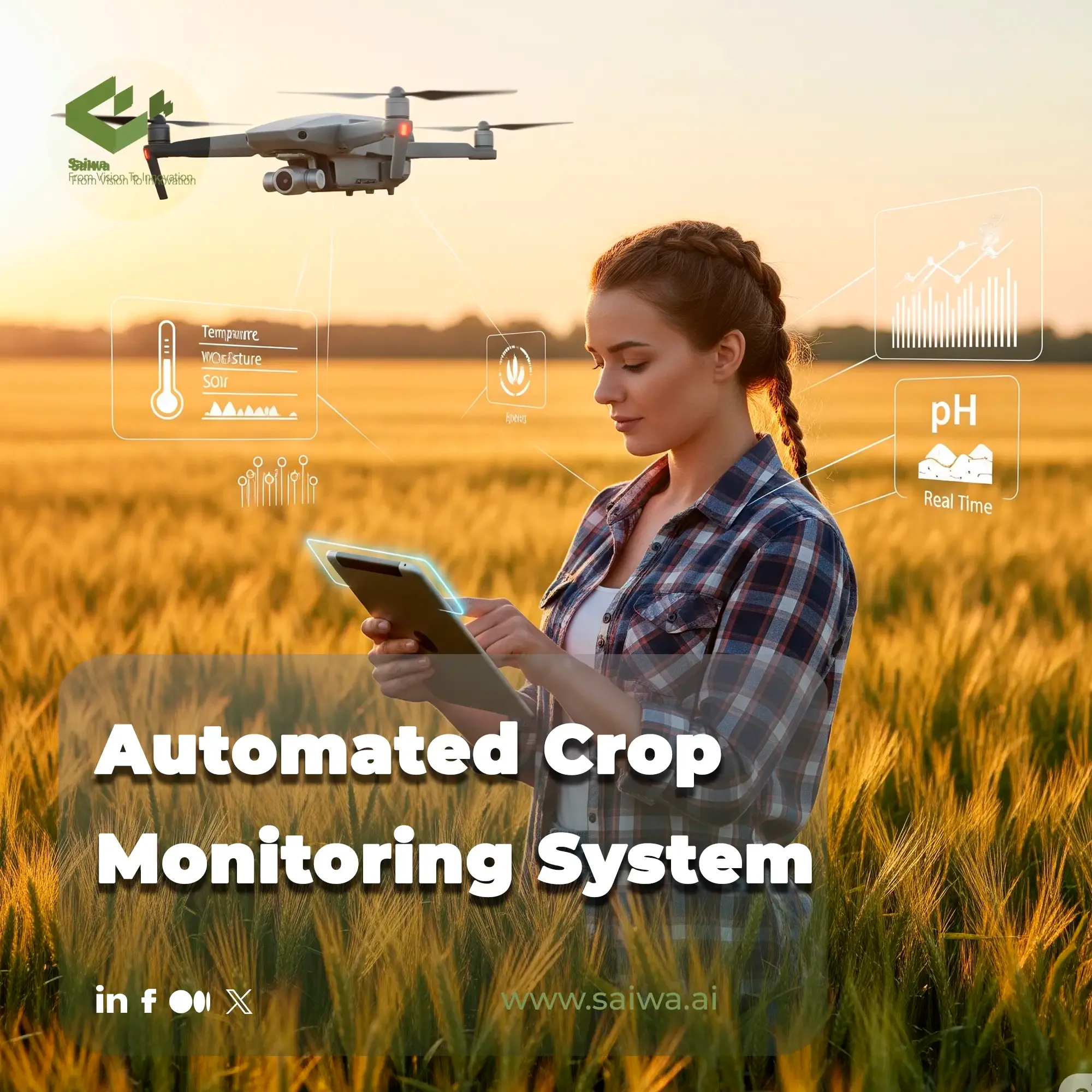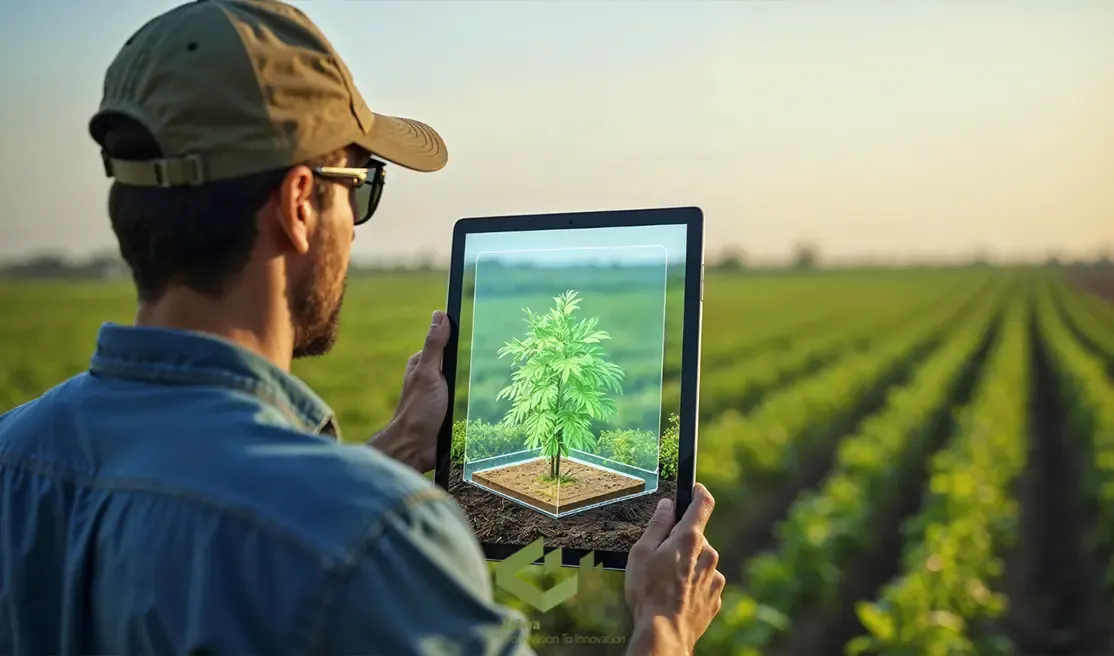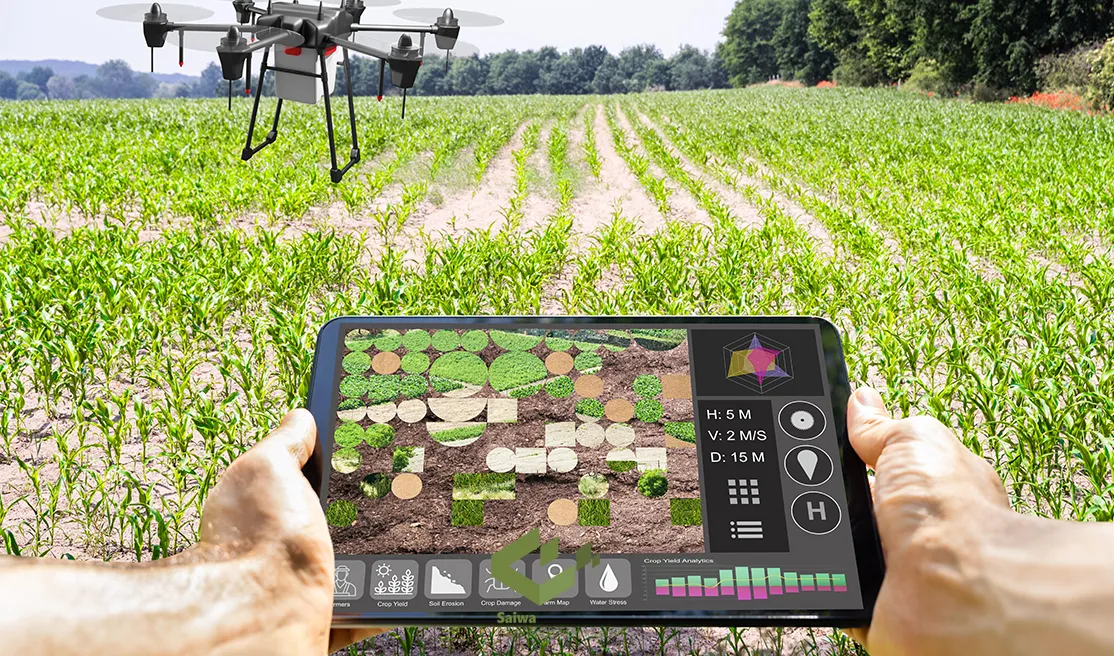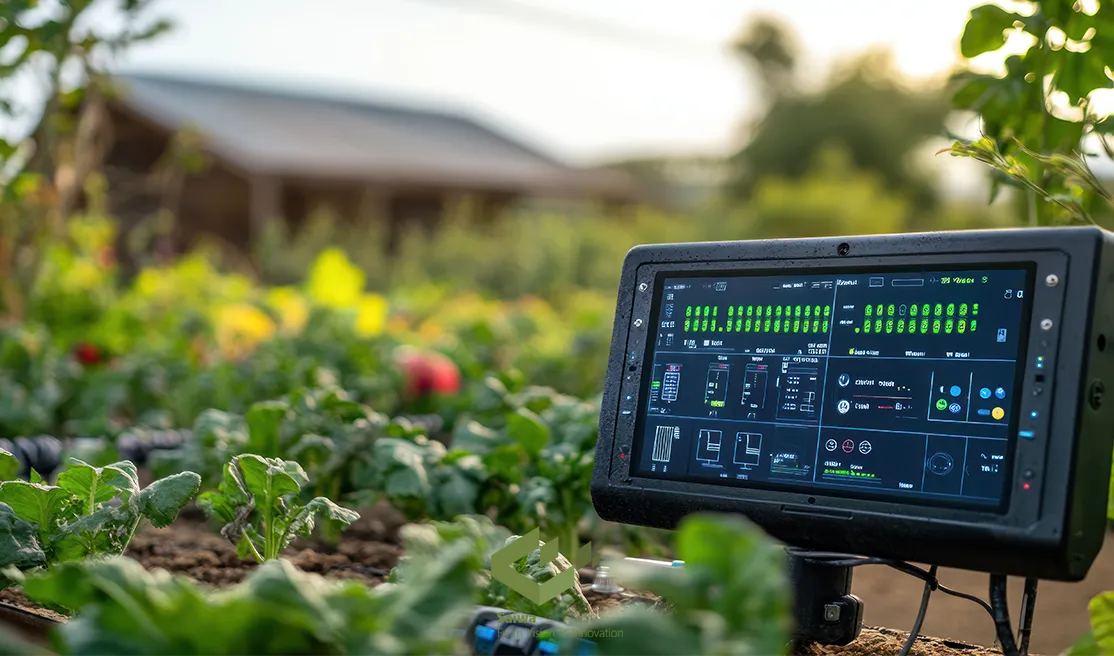Automated Crop Monitoring System - How Automation Transforms Farming

Modern agriculture faces a critical challenge: boosting production to feed a growing global population while minimizing its environmental footprint. This requires a transition from intuition-based farming to data-driven, precision agriculture. Leading this charge are intelligent platforms like Saiwa's Sairone, which leverage AI to convert complex aerial data into actionable insights for farmers and environmentalists.
This article explores the core technologies powering this revolution and their real-world impact.
Core Innovations Enabling Automated Crop Monitoring
The shift towards automated agriculture isn't driven by a single technology, but rather by the sophisticated interplay of several groundbreaking innovations. Each component contributes a unique capability, and when integrated, they create a system that sees, analyzes, and acts with unprecedented precision. Let's delve into the key technologies that form the backbone of these advanced systems.

IoT and Smart Sensors
At the farm level, the Internet of Things (IoT) creates a connected ecosystem. Strategically placed smart sensors gather continuous, real-time data on critical variables like soil moisture, nutrient levels (NPK), and ambient temperature, forming the foundational data layer for all subsequent analysis.
Remote Sensing
Remote sensing in agriculture technologies, utilizing tools like satellite imagery, allow for the assessment of crop health on a macro scale. By analyzing light absorption and reflection, specialized indices can detect plant stress or nutritional deficiencies long before they become visible to the human eye, enabling proactive interventions.
Machine Learning Algorithms
Machine learning (ML) serves as the analytical brain of the system. These algorithms process the immense datasets collected by sensors and drones to identify patterns, predict outcomes, and provide targeted recommendations. This is where raw data transforms into strategic intelligence, guiding everything from irrigation schedules to pest control.
Drones and Satellite Imagery
Drones and satellites provide the "eyes in the sky," capturing high-resolution multispectral images. This imagery is crucial for tasks like precise Weed detection and monitoring vegetative health across vast fields, offering a level of detail and scale that is impossible to achieve through manual inspection alone.
Robotics and Autonomous Ground Units
While aerial units monitor from above, autonomous ground robots can perform targeted actions. These units can be dispatched for precise weeding, spot-spraying of pesticides, or detailed soil sampling, translating digital insights into physical action with minimal human intervention.

Data Collection and Decision-Oriented Insights
The true power of an Automated Crop Monitoring System lies not only in gathering data, but in transforming it into actionable intelligence for farmers. By collecting diverse data streams from in-field IoT sensors measuring soil pH and moisture, to aerial drone imagery capturing plant height, and satellite data assessing canopy density the system builds a comprehensive picture of crop and field conditions. This data is then centralized and normalized on a cloud platform, making it easily accessible anytime, anywhere.
Beyond simple aggregation, advanced machine learning algorithms analyze these interconnected variables, identifying patterns, anomalies, and trends that would be impossible to detect manually. The result is decision-oriented insights that empower farmers to act proactively: adjusting irrigation schedules, optimizing fertilizer application, predicting pest or disease outbreaks, and managing resources efficiently. In essence, the system converts raw measurements into a dynamic, actionable roadmap for farm management. Accessible, accurate, and real-time data becomes the foundation for data-driven decision making, ensuring higher yields, reduced waste, and sustainable agricultural practicees.
Key Benefits of Automated Crop Monitoring Systems
The practical benefits of adopting automated monitoring are profound, transforming not just efficiency but the very paradigm of farm management. A closer look reveals several key advantages that these integrated systems bring to modern agriculture.
Real‑Time Monitoring and Early Warning: Constant data flow allows for the immediate detection of anomalies, such as early signs of disease or pest infestations.
Precision Resource Management: Water, fertilizer, and pesticides are applied precisely where needed, optimizing resource use while minimizing unnecessary waste and runoff.
Labor and Cost Efficiency: Automation of repetitive tasks like field scouting and irrigation control significantly reduces the need for manual labor and associated costs.
Sustainable and Scalable Farming: Optimized resource use and proactive management contribute to more sustainable practices that can be scaled effectively for both large and small operations.

Sairone’s Role in Advancing Automated Crop Monitoring Technologies
Sairone by Saiwa sits at the cutting edge of this evolution. It is a specialized AI suite designed to interpret high-resolution drone imagery for the agricultural and environmental sectors. Instead of just providing raw data, Sairone delivers clear, actionable intelligence.
It automates critical tasks like Crop yield estimation and pest detection, empowering farmers and ecologists to make faster, more informed decisions. By turning complex visual data into practical solutions, Sairone helps users save time, optimize operations, and enhance stewardship of the land.
Conclusion
Automated crop monitoring represents a fundamental shift in agriculture, moving from reaction to prediction. By integrating technologies like IoT, AI, and remote sensing, these systems provide unprecedented insight and control. This evolution enables farmers to increase yields sustainably and efficiently, ensuring that data-driven intelligence becomes the most valuable tool in the field.
Note: Some visuals on this blog post were generated using AI tools.
